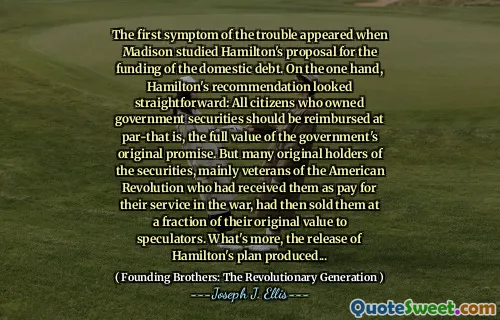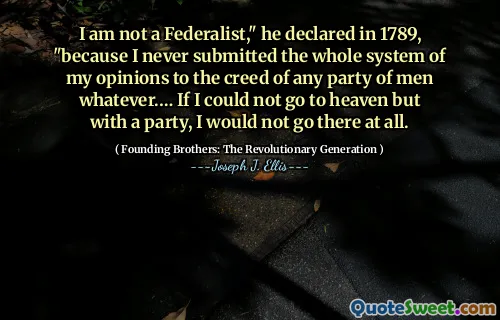
Only ten years after the passage and ratification of the Constitution, however, what were treasonable or seditious acts remained blurry and more problematic judgments without the historical sanction that only experience could provide. Lacking a consensus on what the American Revolution had intended and what the Constitution had settled, Federalists and Republicians alike were afloat in a sea of mutual accusations and partisan interpretations. The center could not hold necausemit did not exist.
In the decade following the adoption of the Constitution, the definitions of treason and sedition became increasingly ambiguous. Without the clarity that historical precedents could provide, both Federalists and Republicans found themselves in a tumultuous environment of mutual suspicion. They struggled to agree on the original intentions of the American Revolution and the implications of the Constitution, leading to heightened political divisions.
This lack of consensus created a chaotic political landscape where accusations flourished, and each faction interpreted the rules to their advantage. The absence of a unifying center fostered a sense of confusion and conflict, illustrating the challenges the young nation faced in its foundational years. The struggle for clarity reflected broader tensions that would shape the future of American politics.











